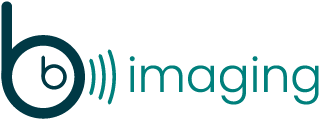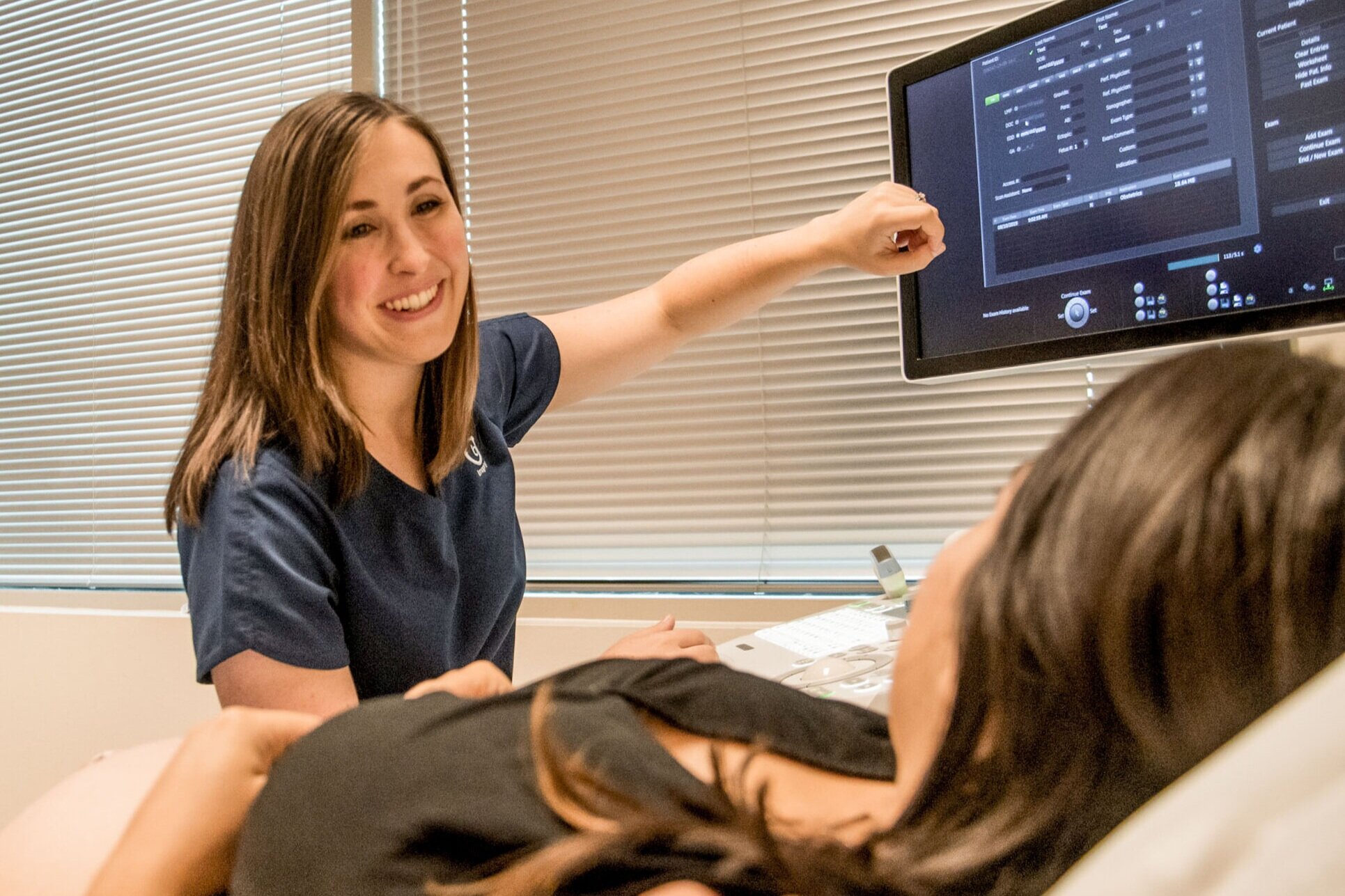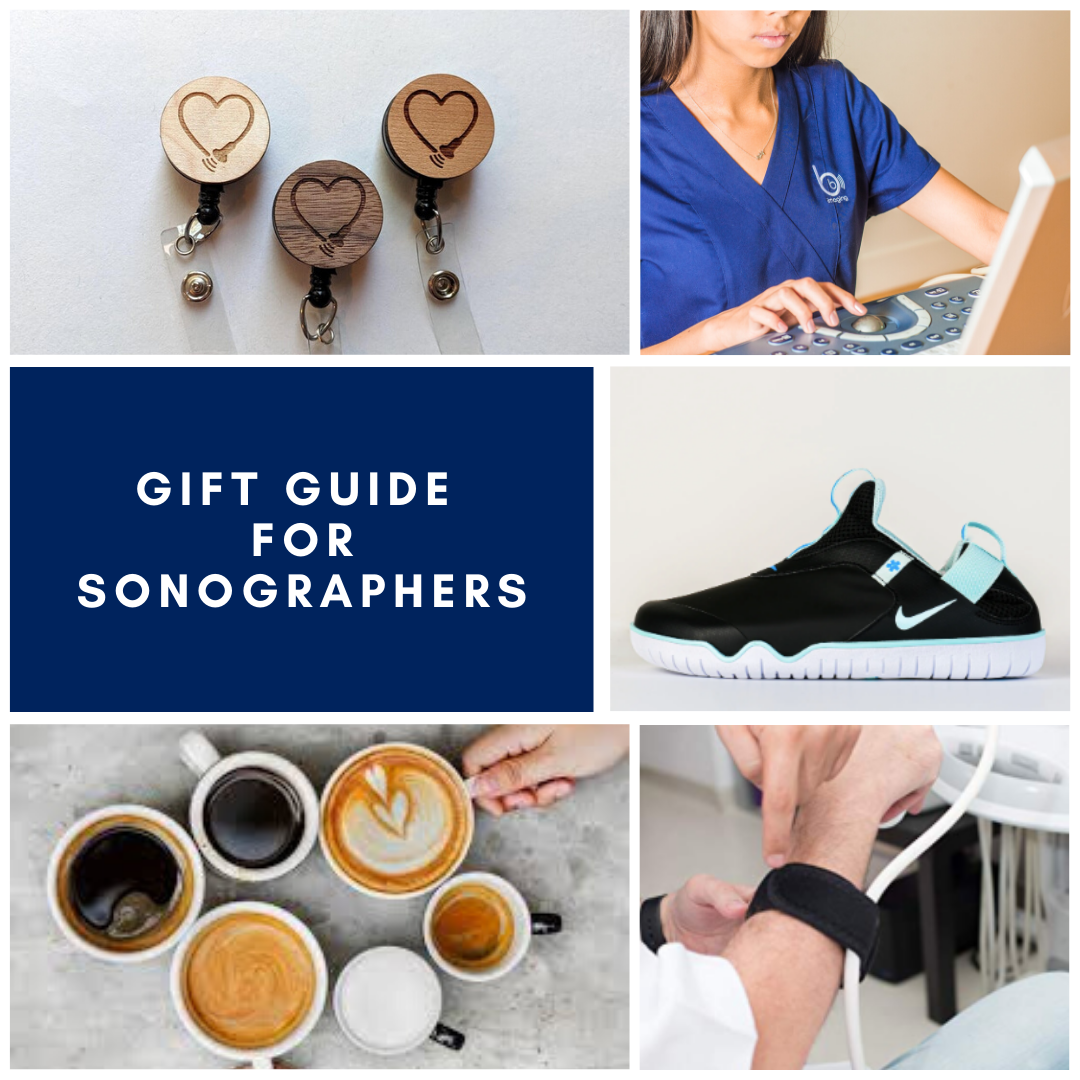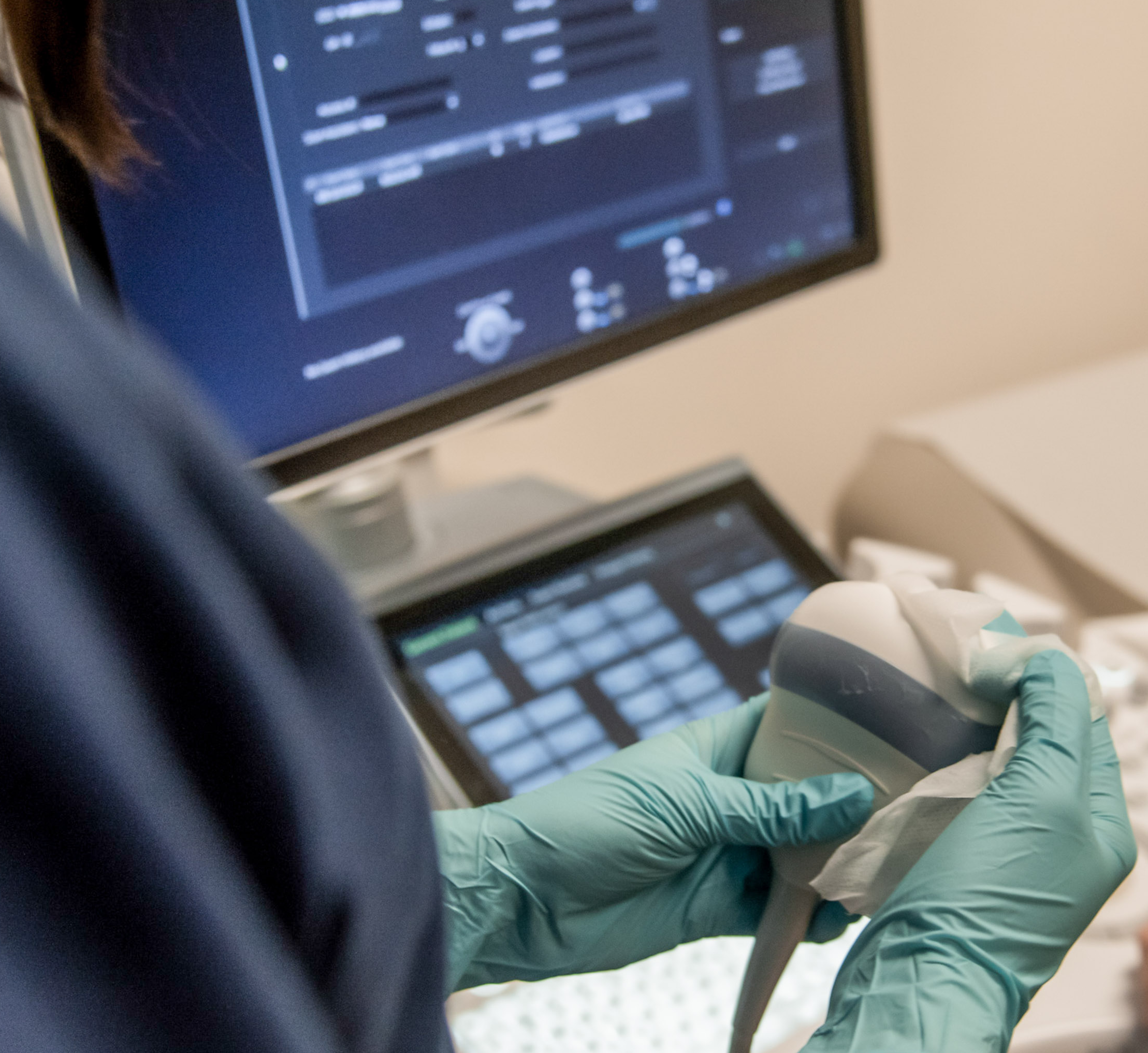Contributed by Jill Farr
It’s a big deal for a business to pass the decade and a half mark, and in honor of BB Imaging and Consulting’s 15th anniversary, we sat down with co-founders Blanca Lesmes and Ben Buentipo to talk about their vision for the future, and the secret behind their success.
One of the founding principles behind BB Imaging is the belief that women deserve access to high quality healthcare and the latest medical technology, no matter what their economic situation or geographic location. BB Imaging has served rural areas in Texas, Oklahoma, and in 2020 added Kansas and Missouri to their sphere of operation.
“We’ve been fortunate enough to have the opportunity for a partnership with HCA,” BB Imaging CEO Blanca Lesmes explains. “They’re one of the largest hospital corporations in the U.S. and they’re very much in line with our mission.”
“It’s part of their program to expand specialty maternal and fetal medical care to outlying areas. As their preferred ultrasound provider, we’re able to work together to increase services to women and children.”
When asked about plans for the next fifteen years, Blanca points to technology and continued focus on team building as priorities.
“Looking at the next five to ten years, we want to continue to be a leader on the forefront of technology, allowing us to do what we do even better. The more connectivity we can take into the communities, the better we can serve them.”
“One of the challenges we face is that sonographers are scarce—add to that our high standard of excellence and we are looking for the best of the best, the elite athletes in ultrasound. Continued relationship building and advancing technology to give this high-level team the tools they need are our next steps. I think these innovations will be the best way to extend our reach.”
“Social entrepreneurship”, the blending of profitability with more wholistic outcomes is a growing trend. These business owners are working toward solutions for social, cultural, or environmental issues. Companies like BB Imaging, rooted for years in conscious service to the community, can serve as role models to up and coming businesses who want to pair financial gain with more altruistic objectives.
One way Blanca would like to advance social entrepreneurship is to reframe how underserved individuals and communities are perceived and addressed.
“In a recent conversation about “vulnerable communities”,” Blanca says, “Someone encouraged me to consider that labeling people “vulnerable” because they lack access is inaccurate. Actually, they can be very resilient communities who are figuring out work-arounds because they are separated from the care they need.”
“An individual in a representative’s office told me, “There are Native American women here who are hitchhiking 50 miles to get to their provider.” That’s an incredibly resilient person. Is it right? No. Should it be happening? No. While we respect her determination, we want to stop that struggle from being necessary by bringing care to her. We need to shift the way we think about the communities we serve. We need to focus on how to meet them where they are.”
The goal of expanding the provision of care and reaching those who are underserved is only one element to BB Imaging’s model; making sure that care is based on innovative technology and uses best practices in administration is also key.
COO Ben Buentipo worked in high risk obstetrics before co-founding BB Imaging. He went back to get an additional degree in healthcare administration and then a graduate degree in biomedical informatics. He wanted to ensure the company’s place as a liaison between healthcare providers and other stakeholders, bridging communication gaps, while addressing the objectives of all parties.
Ben’s investment of his time, expertise, and talents has set a tone for the BB Imaging team. They are a fun group, who share a strong work ethic and very high standards.
Ben believes that high level expectations is a big part of the reason BB Imaging has made it to the fifteen-year mark and continues to grow.
“We talk about value-based care, but having a value-based team is just as important,” Ben says.
“It’s crucial to realize the importance of your team, and we do.”
“We want to honor those who have worked with us throughout the years. Some were with us for a very short time, some have been with us long term. Without them, we couldn’t have made it 15 years. Personally, I’m very grateful for everyone who has been part of our team.”
To date, BB Imaging has performed 30,000 scans. Blanca is quick to point out a number that large couldn’t happen without teamwork.
“That’s 400 to 500 scans a week,” Blanca says. “Most of which are in rural, underserved communities. Those scans are done by extraordinary people. They’re the ones championing excellent care to underserved communities.”
To Ben, Blanca, and the entire BB Imaging and Consulting team…congratulations.










